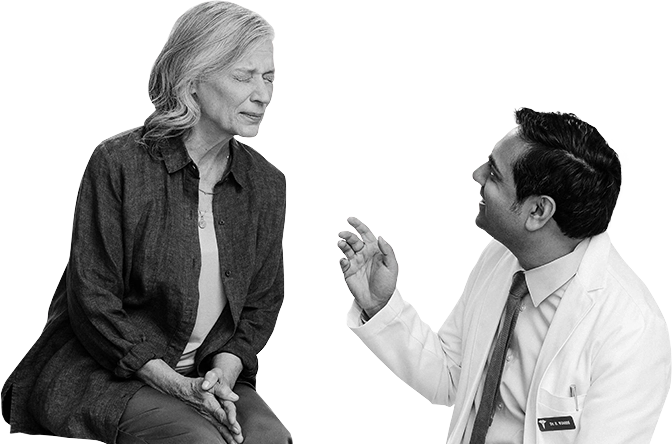Characteristics2,3
- Second most common form of focal dystonia
- Causes bilateral involuntary eyelid closure and is centrally mediated
- Progression of symptoms is common and may lead, in severe cases, to legal blindness
- Stress can worsen symptoms
- Symptoms may improve after sleep
- Thought to be underdiagnosed and the actual incidence may be significantly higher

Symptoms4
- Excessive blinking
- Watering eyes
- Light sensitivity
- Dry eyes
- Eye irritation
Reported incidence is 35,000 new cases every year worldwide3
Real Patient testimonials
Dona
Cynthia Is a 52-year-old Schoolteacher Who's Always up for Adventure
The life she's fighting for
During the school year, Cynthia lives her passion, teaching photography to teenagers. And in her off time, she loves a good thriller, often hosting her friends for book club. During her summers, Cynthia is all about traveling by RV and photographing the country with her husband, Jack.

The weigh-in
- Cynthia began experiencing symptoms 6 years ago with eye twitching and more frequent, uncontrollable blinking
- These symptoms became progressively worse, and Cynthia began to feel like it wasn't safe for her to drive
- When teaching her students, or in social situations, Cynthia often feels self-conscious when it happens
Sparring with blepharospasm
- Cynthia received treatment with a different botulinum toxin formulation for 4 years; however, it had recently begun to lose its efficacy and her symptoms were once again intruding into her life

Never defeated, Cynthia was ready when her doctor suggested a change
Explore XEOMIN for the treatment of adult blepharospasm
Consider XEOMIN







